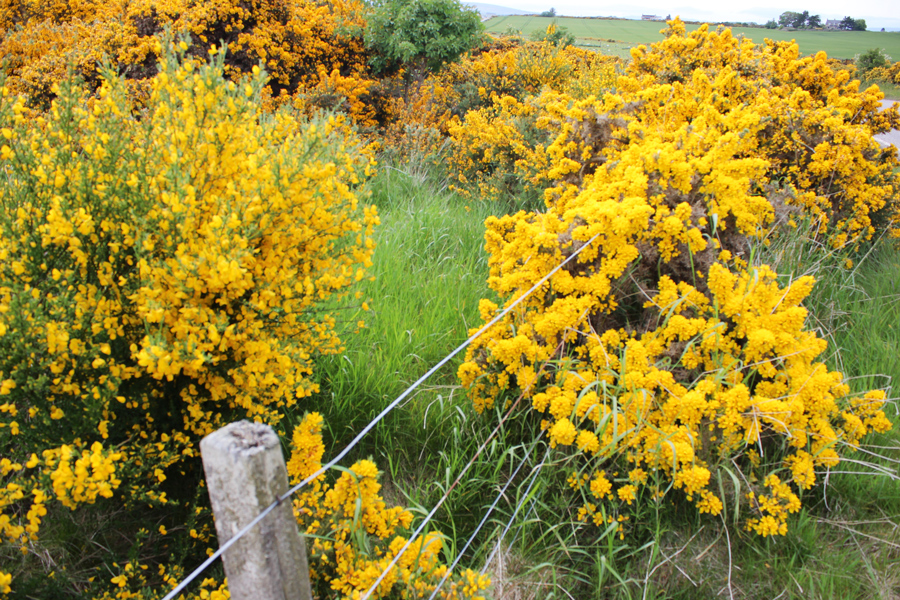
Bronx, NY: The New York Botanical Garden. Intermountain flora: Vascular plants of the Intermountain West, U.S.A. Berkeley, CA: University of California Press. The Jepson manual: Higher plants of California. There is no information about Spanish broomĭistribution or site tolerances outside California therefore, these lists are somewhatĢ7. The following lists include vegetation types in which Spanish broom is known toīe or thought to be potentially invasive, based on reported occurrence andīiological tolerances to site conditions from studies of Spanish broom inĬalifornia. Is another leguminous shrub that occurs in similar habitats. striatus), and French broom occur in similar habitats. Spanish broom, Scotch broom, Portuguese broom (C. Spanish broom is 1 of 4 nonnative invasive broom species that occur in North America. Plants database provides a state distribution map of Spanish broom. Spanish broom in Oregon, Washington, or Hawaii.

There is no information in the literature on distribution of Than Scotch broom (Cytisus scoparius) and French broom (Genista It also occurs on dry slopes in the eastern half of the Santa Monicaīrooms in California, Spanish broom is less widespread and is considered less of a problem Into northern Baja California, in the western Transverse Ranges, and the Channel Islands. Now occurs in the north coast counties of California, the Sanįrancisco Bay region, the Sacramento Valley, through the south coast counties By 1949, Spanish broom had escaped cultivationĪnd established populations in Marin County (, and references therein). Beginning in the late 1930s, it was planted along mountain Spanish broom was introduced into the California ornamental trade in 1848 in Spanish broom occurs in other states as a cultivated ornamental

Spanish broom's North American distribution is from Washington to southern California Including Spain, Morocco, the Canary Islands, Madeira, and the Azores. Spanish broom is native to the southern Mediterranean region of Europe,


 0 kommentar(er)
0 kommentar(er)
